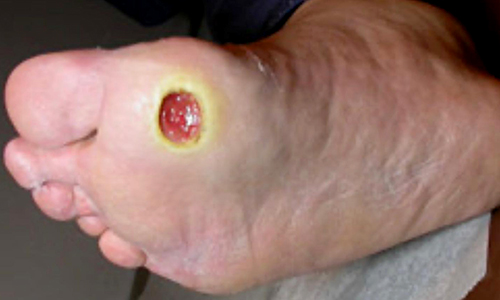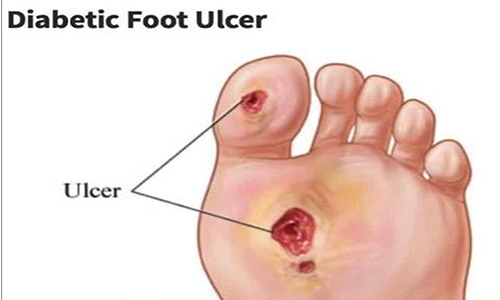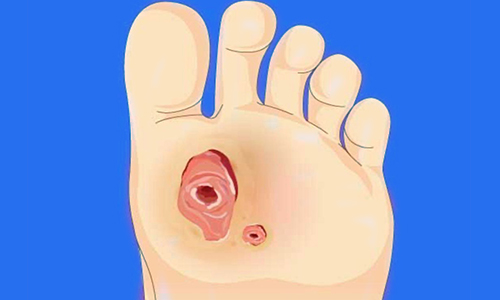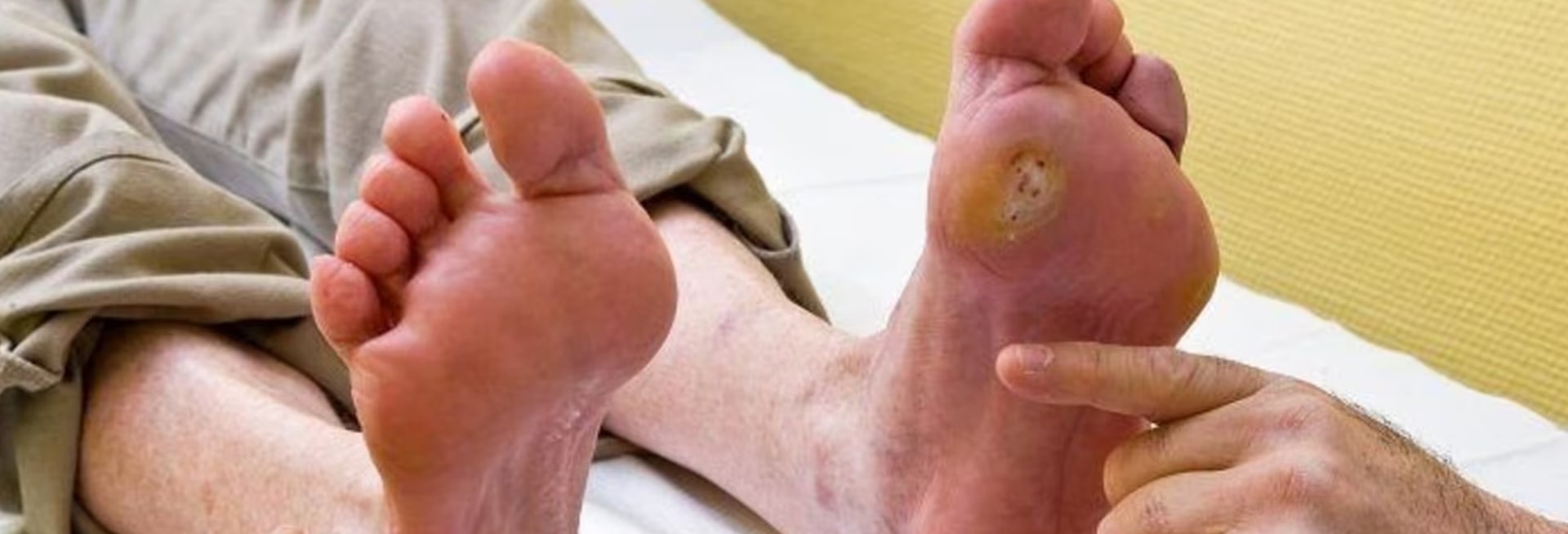If you have diabetes, you’re also at risk of developing diabetic foot ulcers. At the practice of Dr. Sapna Pandya, with offices in the Washington Heights and Manhattan Valley neighborhoods of New York City, New York, wound care specialist Sapna Pandya, DPM, offers advanced treatments for diabetic foot ulcers for patients three and up. Dr. Pandya treats each patient as a valued individual and strives to provide a comfortable and welcoming experience. To learn more about the treatment of diabetic foot ulcers, call the nearest office or book online today.



Question and Answer
- What are diabetic foot ulcers?
-
A diabetic foot ulcer is an open wound that forms on the lower extremities, like your leg, ankle, foot, or toe. These wounds occur when you have diabetes but don’t take steps to keep your blood sugar in check.
Without healthy lifestyle changes or insulin therapy, diabetes increases your risk of poor circulation and other potentially serious issues. Contact Dr. Pandya immediately if you have diabetes and develop an open wound.
- What are the symptoms of diabetic foot ulcers?
-
The symptoms of diabetic foot ulcers include:
- Hair loss
- Skin discoloration
- Pain
- Numbness
- Tingling
- Swelling
- Toenail changes
- How can I register a job?
-
To diagnose diabetic ulcers, Dr. Pandya reviews your health history and asks about your diabetes, including when you were first diagnosed, what type of diabetes you have, and if you take any medicine to keep your blood sugar in check.
Next, she examines your lower legs, ankles, feet, and toes looking for skin discoloration, hair loss, or an open wound. Dr. Pandya also presses on the bottoms of your feet with special tools to see if you experience numbness or sensitivity.
If your diabetic ulcer looks infected, Dr. Pandya collects a biopsy and sends it to a lab for testing. Determining the type of infection can help guide treatment.
- How are diabetic ulcers treated?
-
Treatment of diabetic ulcers depends on various things, including your age, the severity of the wound, and the type of diabetes you have. Dr. Pandya might recommend:
- Cleaning the wound
- Draining fluid or pus from the ulcer
- Removing dead or diseased tissue (debridement)
- Applying special ointments or bandages to encourage healing
- Prescribing oral antibiotics or an IV
- Prescribing a wheelchair or crutches to take the weight off the ulcer
A surgical procedure like amputation might be necessary if you have a significant infection or you’ve lost circulation to your lower extremities.
- Can diabetic ulcers be prevented?
-
There’s no way to prevent diabetic ulcers entirely, but you can reduce your risk by keeping your blood sugar at healthy levels. Dr. Pandya recommends inspecting your feet daily, taking your medication as prescribed, exercising regularly, and eating a balanced diet.



